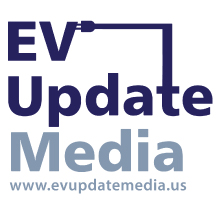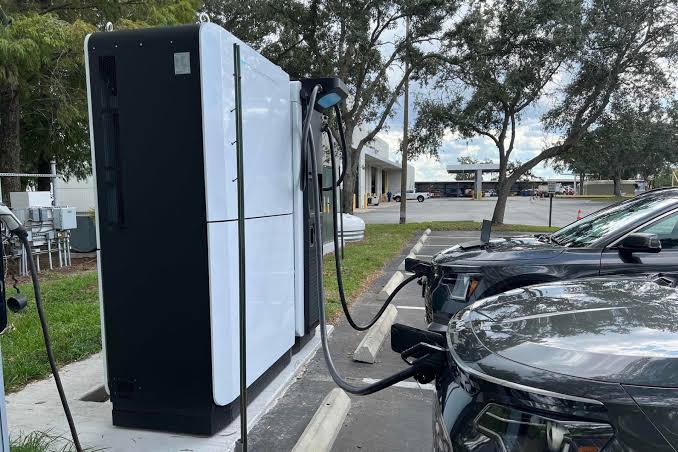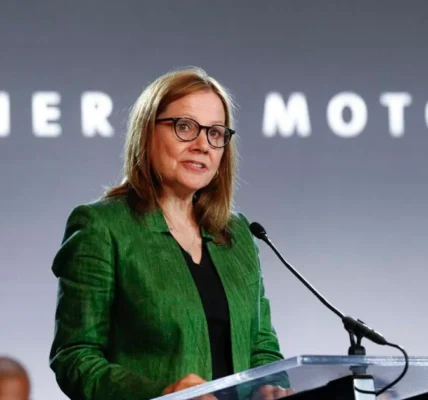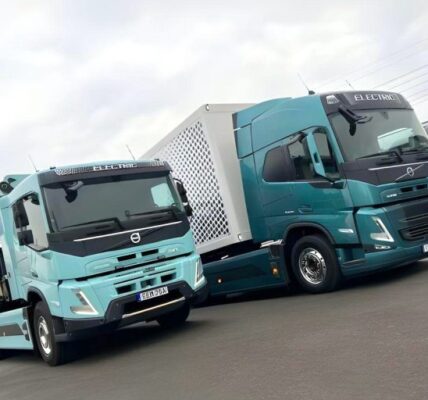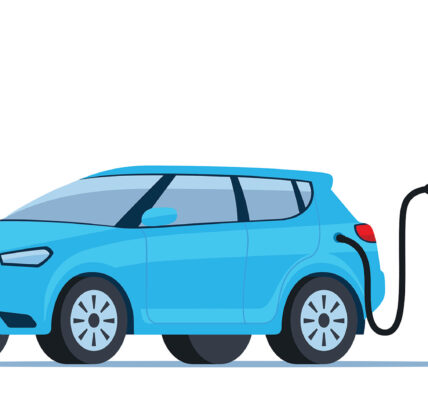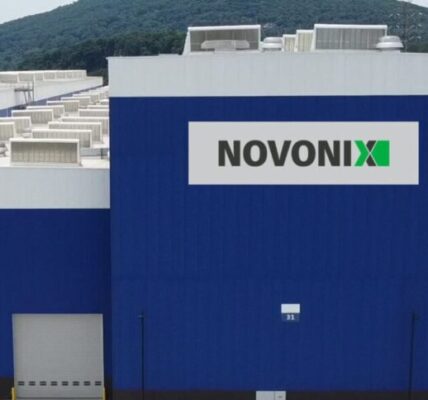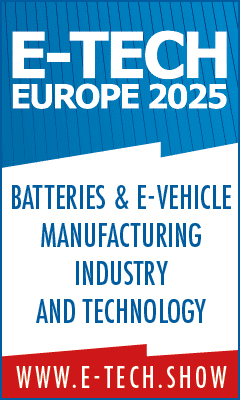XCharge North America and Orlando Utilities Commission Partner on EV Charging Research
XCharge North America (XCharge NA), a provider of direct current fast charging (DCFC) and battery-integrated electric vehicle (EV) solutions, announced its partnership with the Orlando Utilities Commission (OUC—The Reliable One) to install XCharge NA’s Net Zero Series (NZS) charger at their Grid Integration Laboratory (GIL) within the OUC Gardenia Innovation & Operations Center. This collaboration aims to explore how resilient charging solutions can enhance the electrical grid’s stability while reducing costs.
“Our partnership with OUC is a significant step in our mission to build EV solutions that not only benefit EV drivers but also strengthen grid reliability through battery-integrated technology”
With energy demands in the state surging alongside a rapidly increasing number of registered EVs and EV travelers, OUC recognizes the pressing need for reliable EV charging solutions that can support customers’ needs while minimizing the operational challenges for utilities. Under a one-year research agreement with the option for extension, OUC will leverage the NZS unit to assess its battery-integrated system and charging capabilities while effectively navigating the rigors of a demanding operational environment. This technology and associated study places OUC at the forefront of solving challenges associated with EV charging that affect utility operations.
Traditional behind-the-meter DCFC setups frequently require infrastructure upgrades, such as new wires and transformers, to support the burgeoning demand for EV charging. OUC seeks to explore how these expenses can be minimized. With its battery integrated design, NZS is engineered to limit the amount of power drawn from the grid with a max output of 194 kW. The NZS installed at GIL operates on an existing 60-amp breaker and output up to 189 kW max power.
This allows OUC to recharge a Ford F-150 Lightning from 20% to 80% in approximately 20 minutes while reducing demand impact on the grid to a quarter of what it would have been.
“As we build out OUC’s network of EV charging stations, we’re always looking for solutions that can be strategically installed on existing infrastructure, maximizing efficiency and minimizing costs,” said Paul Brooker, OUC Manager of Emerging Technologies. “We’re encouraged by XCharge North America’s commitment and the charger’s innovative demand response features, which could better enable us to efficiently manage electricity during peak periods to alleviate stress on the grid. NZS also opens doors for applications like microgrids, which can provide critical backup power to essential services such as hospitals or college campuses during emergencies like hurricanes. Our collaboration with XCharge NA may allow us to more easily implement sustainable energy sources for long-term grid reliability.”
“Our partnership with OUC is a significant step in our mission to build EV solutions that not only benefit EV drivers but also strengthen grid reliability through battery-integrated technology,” said Alex Urist, XCharge NA’s vice president. “We are excited to see how OUC utilizes the NZS’s bidirectional functionality to enhance the grid’s performance, particularly in addressing mobility demand and extreme weather conditions. The NZS is poised to deliver significant value, serving as both backup energy storage and a charging station to streamline the expansion of microgrids in the Orlando area. These microgrids can actively manage grid stress and support long-term stability goals, demonstrating the potential impact of our partnership on the energy industry.”
NZS is designed to accommodate various configurations. It allows for higher output with limited grid input, ensuring its adaptability to future grid requirements. Furthermore, the charging unit is a versatile powerhouse with a durable 233-kWh battery pack that can deliver 189 kW of DC fast charging. This dual capability not only accelerates EV charging but also enhances grid stability by allowing operators to dispatch surplus energy back to the grid when not in operation during peak demand. This makes it a vital asset in electrifying America’s transportation sector and supporting the transition to a cleaner, more resilient energy infrastructure.
